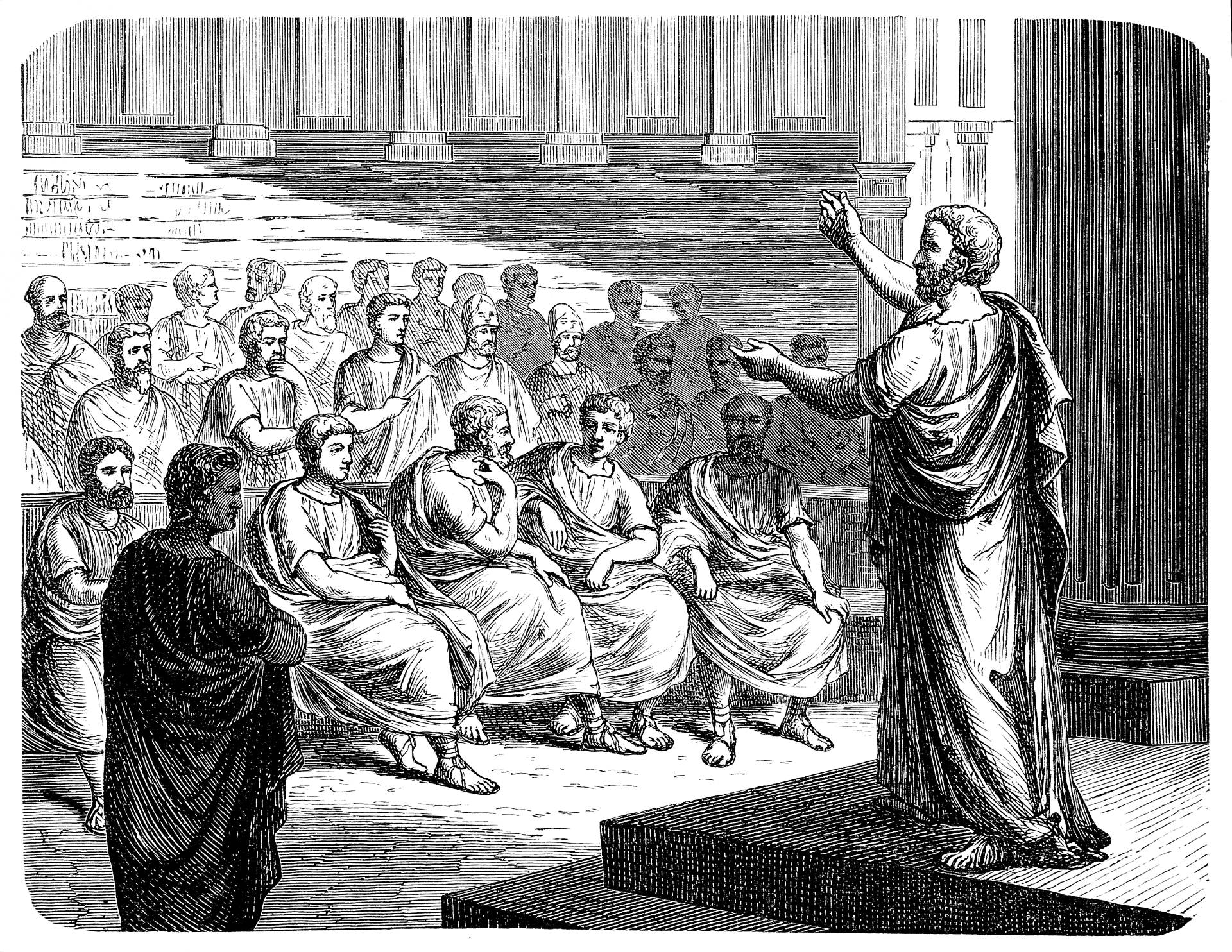Learning objective
- To explore the importance of Classical Arabic in Muslim beliefs and practices.
Success criteria
- I can describe how the Adhan sounds.
- I can
This content is for subscribers only. Join for access today.
Religious Education Council Curriculum Framework for RE in England (non-statutory guidance):
- A1: Describe and
This content is for subscribers only. Join for access today.
Cross-curricular links
English
Spoken language
Pupils should be taught
This content is for subscribers only. Join for access today.
Before the lesson
This content is for subscribers only. Join for access today.
Lesson plan
Recap and recall
Hand out a whiteboard and pen to each child. Display the Presentation: Gimme five! and ask the children to write down five things they remember about the Hebrew language from the previous lesson.
This content is for subscribers only. Join for access today.
Extended-mode explainer videos
How to extend your display to view the lesson page and preseantion mode simultaneously. Choose your operating system below to watch the video
If you need further support with extending your display,
please contact [email protected].
Extended-mode explainer video: For Mac
Extended-mode explainer video: For Windows
Adaptive teaching
Pupils needing extra support:
Should use the Activity: How is Arabic used?: support version with some examples already sorted in the Main event; should use the question stems on slide 2 of the Presentation: Reflection question as a support in the Wrapping up.
Pupils working at greater depth:
Could sort all of the examples using Classical Arabic into additional categories: religious and cultural traditions; could share their ideas on the importance of reading the Qur’an in Classical Arabic versus understanding it in any language.
This content is for subscribers only. Join for access today.
Assessing progress and understanding
Pupils with secure understanding indicated by: identifying religious and cultural
This content is for subscribers only. Join for access today.
Vocabulary definitions
-
Adhan
The Muslim call to prayer.
-
Classical Arabic
An ancient form of Arabic used in the Qur'an and other religious texts.
This content is for subscribers only. Join for access today.
In this unit
Assessment - R&W Y4: Does the language of scripture matter?
Lesson 1: What came before written scripture?
Lesson 2: How has Biblical Hebrew evolved?
Lesson 3: Is all Arabic the same?
Lesson 4: Should prayers be said in their ‘original’ languages?
Lesson 5: How important are translations of religious scripture?
Lesson 6: Why does some religious scripture contain artwork?





